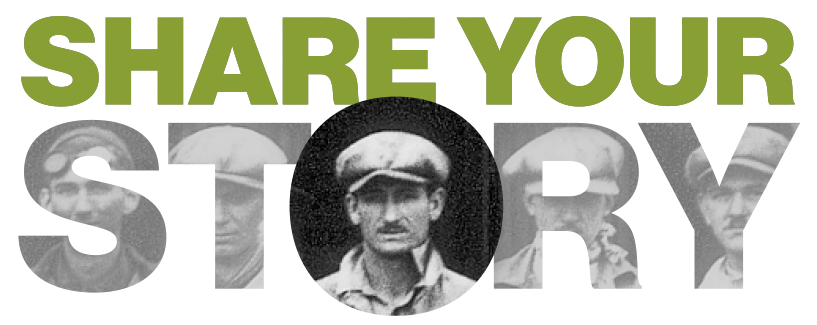In October 1923 after the sudden departure of E.M. “Matty” Laird from the Wichita Laird Airplane Corporation, his business associate Jacob M. Moelledick took the reins of quickly transformed the organization in to the Swallow Airplane Manufacturing Company. Sales of Laird’s original “Swallow” biplane were suffering amid the rising tide of competition from other airframe manufacturers across the United States.
As a result, “Jake,” as he was known to his friends and employees, approved a new design drawn up by chief engineer Lloyd Carlton Stearman with input from factory manager Walter Herschel Beech. Dubbed the “New Swallow,” the single-bay, open-cockpit biplane was a definite improvement of its aging predecessor.
The photograph shown here reveals an early production airplane and the workers who built it, including a few names that became synonymous with the growth of aviation in the prairie city. Although the occasion for the photograph remains unknown, a majority of the people shown here have been identified.

To meet growing demand for the New Swallow, Moellendick installed the latest woodworking equipment that not only expedited manufacturing processes but also reduced labor-intensive operations, saving both time and money. According to the “Wichita Beacon” newspaper dated March 12, 1924, the company had received orders for 14 New Swallows and was building one biplane every eight days and planned to build a total of 45 airplanes that year. In addition, Walter Beech, factory manager and chief demonstration pilot for the company, told reporters that since 1922 more than 100 Swallow and New Swallow biplanes had been built at the factory on North Hillside Avenue.

 Back
Back